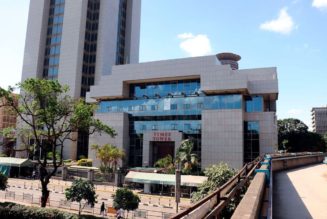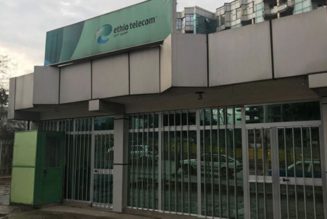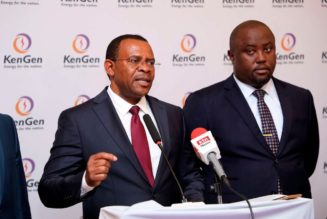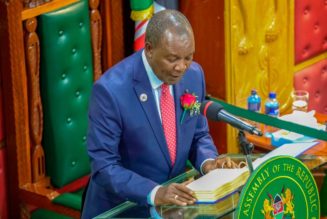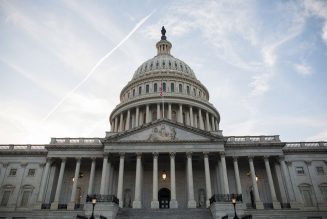Commodities
Middle class to pay Sh2.7bn more per month for power
Monday March 27 2023
Kenya’s middle-class households and small commercial power consumers will spend at least Sh2.7 billion more on power every month. FILE PHOTO | SHUTTERSTOCK
Kenya’s middle-class households and small commercial power consumers will from next week spend at least Sh2.7 billion more on power every month, after taking the biggest hit from the new electricity tariffs that also scrapped subsidies.
The Energy and Petroleum Regulatory Authority (Epra) on Friday approved new tariffs to protect Kenya Power from financial distress, hitting the middle class, who consume between 31 units and above with the steepest jump in prices alongside small commercial consumers.
The new tariffs will see electricity prices increase by between 15 percent to 20 percent on average from next week, setting up consumers for higher prices of manufactured goods.
In total, the new tariffs will see consumers pay at least Sh32.43 billion more from consumption charges alone in a year based on a conservative average monthly rate of 596.46 million units.
Epra has also increased the base consumption charge to Sh12.22 per unit from Sh10 for lifeline customers, those who consume 30 units or less in a month.
The new tariffs, which go against an earlier promise by President William Ruto that power prices will not be increased this year, will be in place for three years until June 2026.
Epra also cut the life-line consumption band for both small commercial and domestic customers to 30-kilowatt hours (kWh) from 100 kilowatt hours (kWh) per month.
“The financial policy objective aims to ensure the short-term and long-term financial viability of sector utilities. The objective is to ensure that utilities operate without distress and are provided with the capacity to meet growing energy demand,” Epra Director General Daniel Kiptoo said.
Kenya Power will take at least 10 percent of the additional billions every year, helping the utility expand its grid and revamp its ageing transmission line.
Read: Electricity prices increase marginally in January
Other utilities in the energy sector such as the Kenya Electricity Transmission Company (Ketraco) and the Rural Electrification and Renewable Energy Corporation (Rerec) will share the billions for their capital expenditure and operations.
Middle-class and small businesses that consume between 31 kWh to 100 kWh have taken the biggest hit with their tariffs increasing 19 percent to Sh26.10 a unit and Sh26.22 per unit respectively.
But big businesses and industries got a reduction of Sh1.15 per unit in the new tariffs, with Epra saying that the drop, albeit marginal, will protect Kenya from further losing its competitiveness in terms of power costs.
Surcharges like the foreign adjustment and fuel cost charge are not retained by Kenya Power but are instead used to compensate for hard currency losses and pay thermal power producers.
Kenya Power taps electricity from thermal plants to meet peak demand and also plug deficits when the share of power from hydro sources goes down due to low water levels.
The new tariffs are slightly lower than the rates that Kenya Power had submitted to Epra for approval.
Kenya Power’s request would have seen electricity prices jump by up to 78 percent but the tariff approved by Epra will instead see power prices rise by up to 63 percent.
The energy sector utilities through Kenya Power submitted the proposed tariffs to Epra in October last year.
The law provides that electricity tariffs be reviewed every three years but this has been erratic, with Epra instead delaying rates or cutting them in line with State’s efforts to ease inflationary pressure on consumers.
This is the second electricity tariff review that Epra has approved in five years, with the last one being in 2018.
The 2018 tariff review saw Kenya Power lose Sh6.438 billion in revenues every year, dimming efforts of the State-owned power distributor to revamp its ageing lines and undertake other projects besides compounding the financial woes of other energy utilities.
The new tariffs will add to the woes of many homes battling with runaway inflation that rose to 9.2 percent last month from 9.0 percent in January— the first rise since October last year.
Read: Electricity prices to jump 15pc Sunday as Ruto stops subsidy
The cost of electricity is a key factor in determining the country’s inflation rate because manufacturers use electricity for production.
They pass additional power costs to consumers through high prices for their goods.
The tariffs are expected to progressively drop from July 2024, helping ease pressure on homes and businesses besides boosting Kenya’s business competitiveness.
“The tariffs will start dropping in the second period of the control period because by then Kenya Power and other utilities will not be facing capital-intensive projects that need huge funding and we expect customers to increase,” Epra said.
Kenya Power had 9.01 million customers as of December last year and targets to grow the base in the coming years.
The additional billions will be a reprieve to the State-owned power distributor at a time it is grappling with losses blamed on the weakening shilling and the 15 percent tariff cut that was gazetted in January last year.
Kenya Power posted a Sh1.1 billion net loss for the six months that ended last December, a drop from the net profit of Sh3.82 billion in a similar period in 2021.



